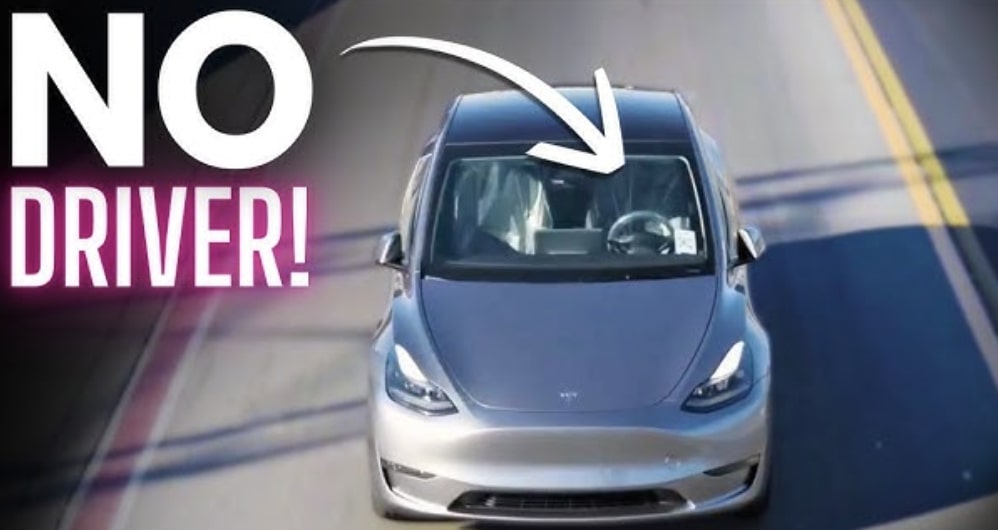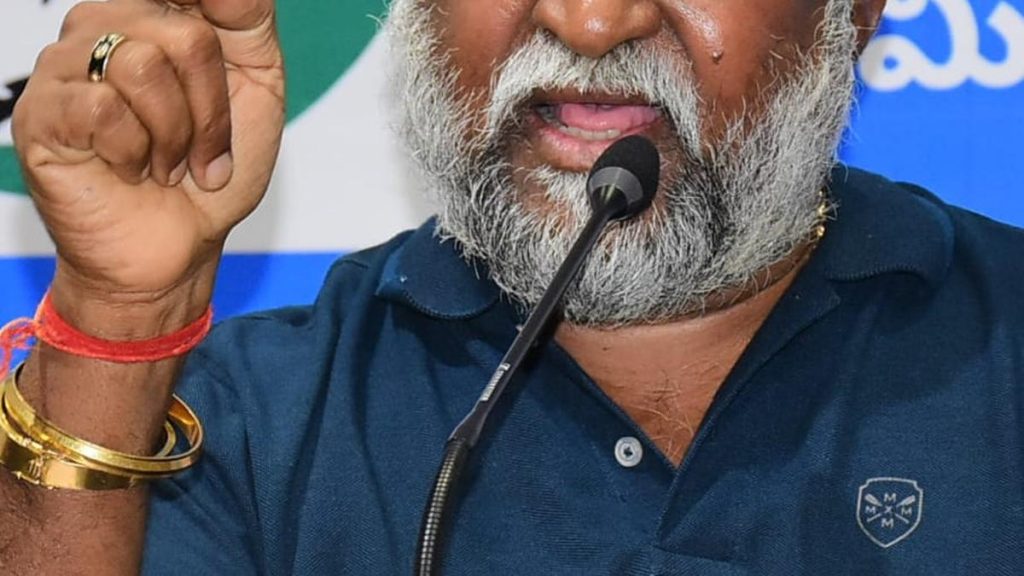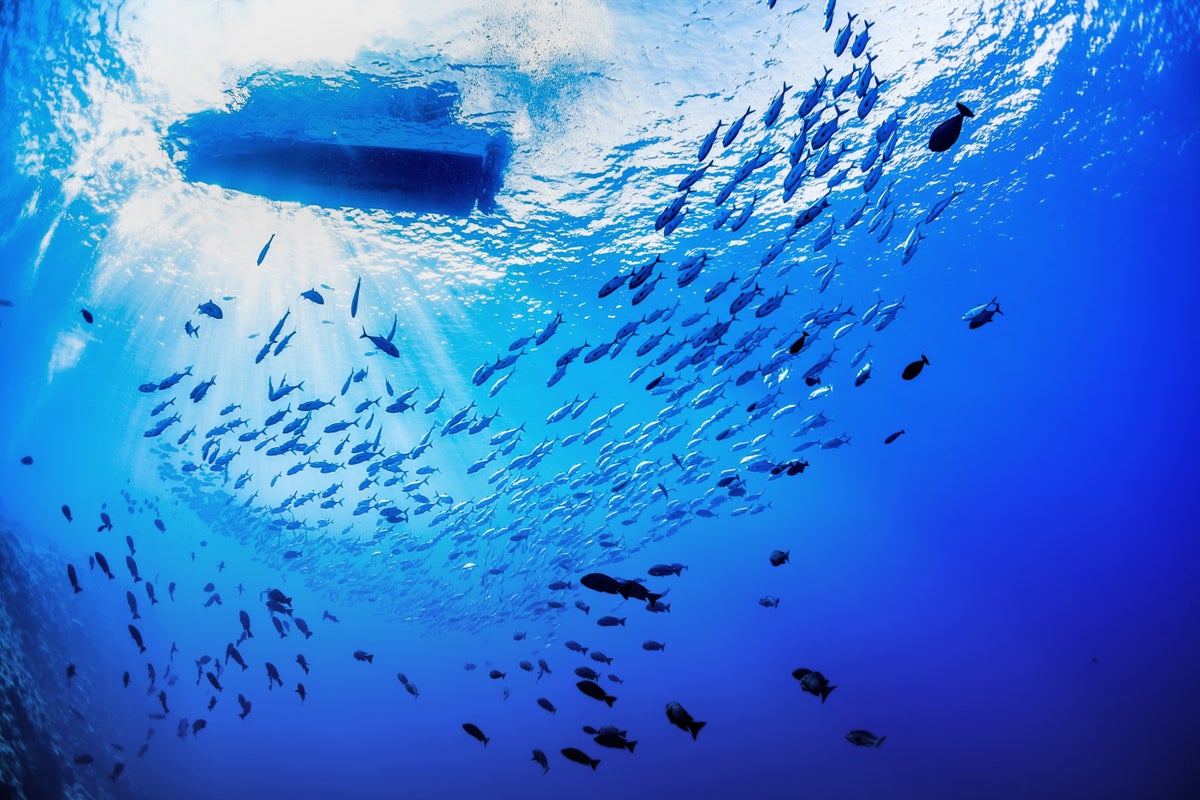Now Reading: Tesla to Begin Scaling Robotaxi Fleet Within a Month
-
01
Tesla to Begin Scaling Robotaxi Fleet Within a Month
Tesla to Begin Scaling Robotaxi Fleet Within a Month

Fast Summary
- Former Tesla engineer Frank Yashar compares Tesla’s potential scaling of robotaxi services to spacex’s success wiht satellite constellations.
- SpaceX has launched over 7,000 low-cost satellites, providing Wi-Fi service to 5 million customers globally.
- Tesla car sales in Q1 2025 reportedly decreased, coinciding with factory upgrades for a new Model Y version.
- Yashar predicts Tesla will expand its fleet of autonomous robotaxis largely without remote operators due to advancements in AI and vision-based systems.
- Thousands of autonomous driving instances are already performed daily at Tesla factories (Fremont and Austin),including Smart Summon and dispatch operations without human intervention.
- Current fully unsupervised self-driving systems require hardware level 4 technology; approximately half the available cars have this hardware installed. Speculation suggests hardware level 3 may soon achieve unsupervised autonomy as well.
Indian Opinion analysis
Tesla’s commitment to scaling robotaxis demonstrates important advancements in autonomous vehicle technology using AI-driven systems instead of Lidar-based solutions, enabling potential mass adoption at lower costs. For India, adopting similar scalable models might significantly alleviate transportation challenges while improving safety through reduced human error in driving.
While such technologies can benefit india’s urban centers plagued by congestion and pollution, challenges remain regarding infrastructure readiness and regulatory frameworks for deployment on public roads. As an electric vehicle leader globally, India’s EV aspirations coudl align well with studying operational efficiencies from the Tesla model.
Read More: Tesla Will Start Scaling Robotaxi























